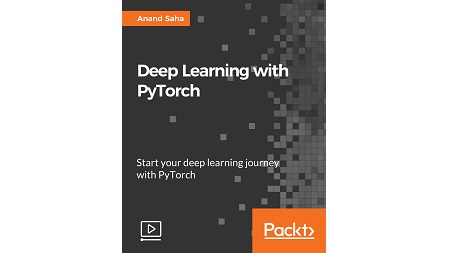
English | MP4 | AVC 1920×1080 | AAC 48KHz 2ch | 4h 42m | 932 MB
Build useful and effective deep learning models with the PyTorch Deep Learning framework
This video course will get you up-and-running with one of the most cutting-edge deep learning libraries: PyTorch. Written in Python, PyTorch is grabbing the attention of all data science professionals due to its ease of use over other libraries and its use of dynamic computation graphs.
In this course, you will learn how to accomplish useful tasks using Convolutional Neural Networks to process spatial data such as images and using Recurrent Neural Networks to process sequential data such as texts. You will explore how you can make use of unlabeled data using Auto Encoders. You will also be training a neural network to learn how to balance a pole all by itself, using Reinforcement Learning. Throughout this journey, you will implement various mechanisms of the PyTorch framework to do these tasks.
By the end of the video course, you will have developed a good understanding of, and feeling for, the algorithms and techniques used. You’ll have a good knowledge of how PyTorch works and how you can use it in to solve your daily machine learning problems.
This is a very hands-on course where concepts and their implementations go hand in hand. The course maintains a balance between theory and practice.
What You Will Learn
- Understand PyTorch and Deep Learning concepts
- Build your neural network using Deep Learning techniques in PyTorch.
- Perform basic operations on your dataset using tensors and variables
- Build artificial neural networks in Python with GPU acceleration
- See how CNN works in PyTorch with a simple computer vision example
- Train your RNN model from scratch for text generation
- Use Auto Encoders in PyTorch to remove noise from images
- Perform reinforcement learning to solve OpenAI’s Cartpole task
- Extend your knowledge of Deep Learning by using PyTorch to solve your own machine learning problems
Resolve the captcha to access the links!